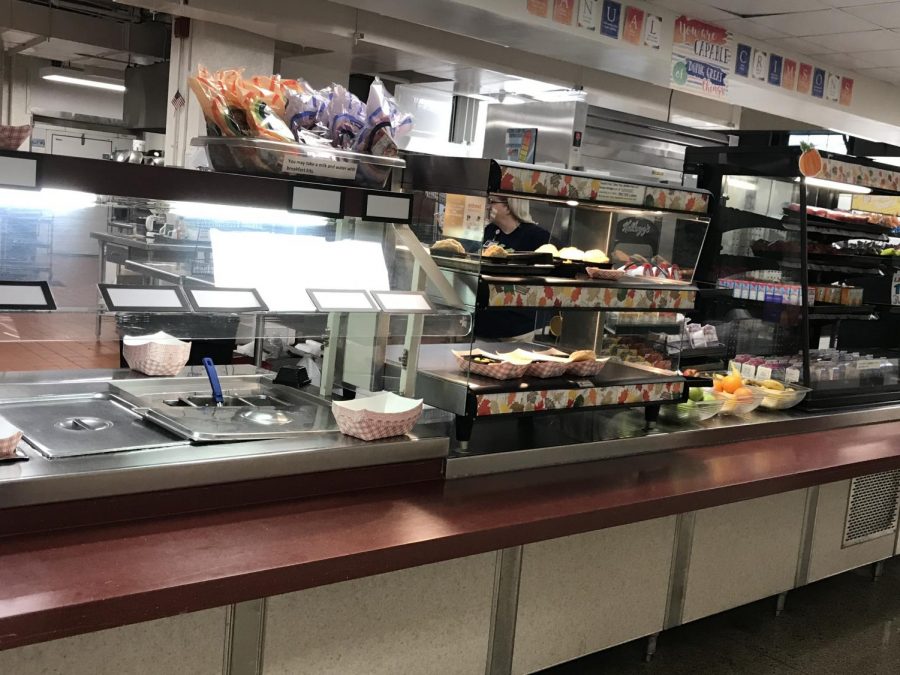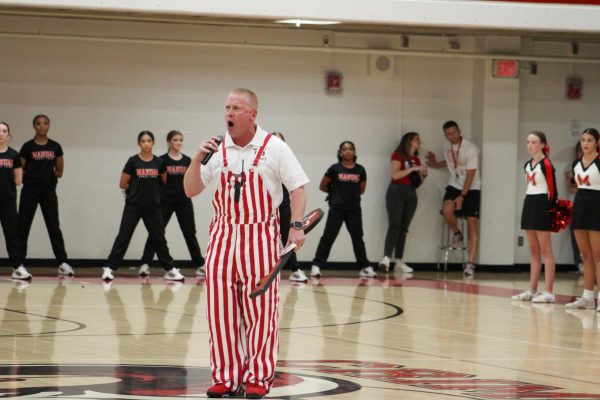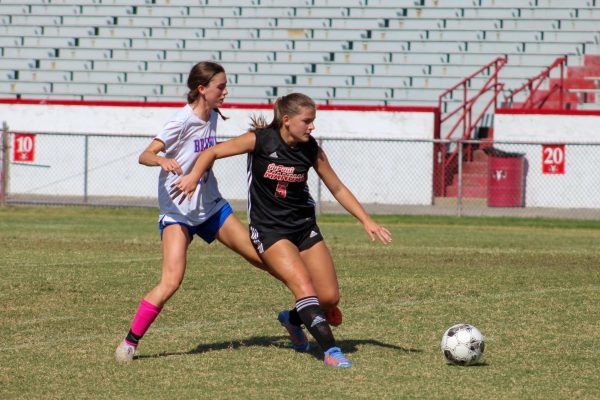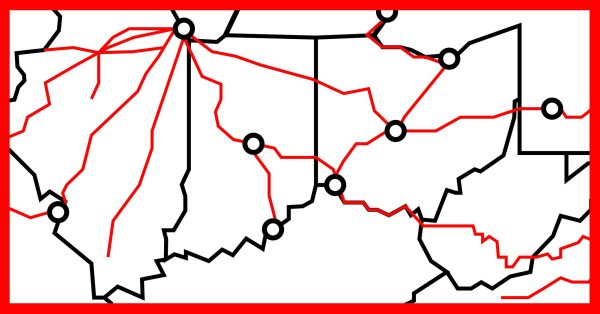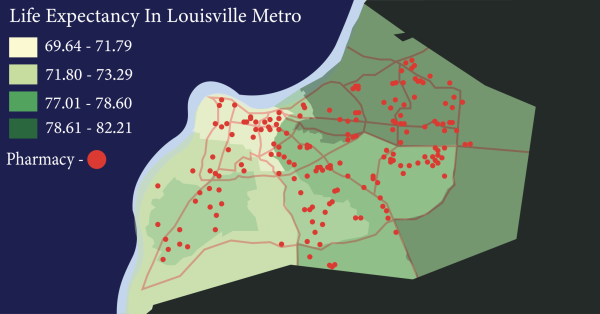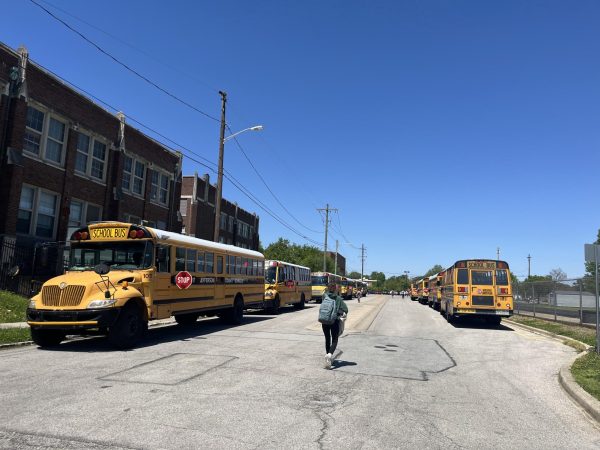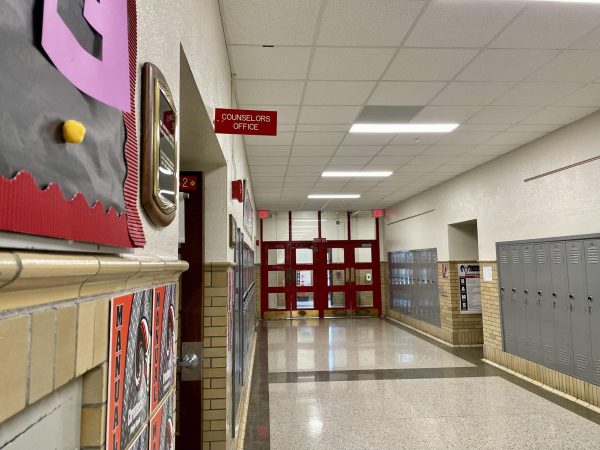OPINION: Schools should provide more vegetarian lunch options
October 4, 2019
On average, schools manage to rack up at least one meat free option for meals, whether that be a salad or peanut butter and jelly sandwich, that accompanies a variety of sides. However, providing more extensive and nutritional vegetarian options not only better caters for the vegetarian student body, but is also more sustainable for the school environmentally and financially.
USDA/NSLP
The National School Lunch Program (NSLP) does not actually require meat in school lunches. The guideline specifies the need for meat or a meat alternative to be provided in the main meal which include cheese, yogurt, dry beans, peas, whole eggs, alternate protein products, soy yogurt, tofu, nut butters, seed butters, nuts and seeds. Opting for some of these alternatives is healthier for the entire student body. Several organizations like the American Cancer Society and American Heart Association have linked processed meat to a number of chronic diseases.
Not to mention, the United States Department of Agriculture, which is responsible for the NSLP, has also been attacked for the quality of meat that it provides in school lunches. A 2009 investigation by the U.S.A Today has proven that the school meat fed to 31 million students a day doesn’t even meet the quality and safety standards of fast food restaurants.
Burger King has been shown to test meat for dangerous pathogens up to 10 times more a day than the USDA. Much of the meat used in school lunches has been traced back to spent hens and pink slime which even the Campbell Soup Company won’t use.
A large factor playing into this sub par quality can be traced back to funding and the amount of students that participate in the reduced or free lunch program. Approximately 22 million students nationwide need free or reduced price lunching and the budget set for providing these lunches doesn’t fully cover the expenses.
Incorporating more vegetarian meals provides a way to provide healthier and tastier meal while extending the shrinking resources. Omitting meat from a meal lowers the cost allowing for higher quality vegetable replacements for the same price.
Thinking of everyone
Reasons for going vegetarian can range from personal morals, religion, health issues and more. In fact, 7% of eight to 18 year olds don’t eat meat. Most of these students are faced with one of two options when school lunch is involved, the first is just packing lunch from home, which is the best way to ensure that they have a nutritious meal and the second is going with the limited vegetarian options that the school provides.
Many low income vegetarian students may rely on the second option of school lunch and that is problematic for a number of reasons. There is no guideline set by the USDA actually requiring school to provide any sort of vegetarian meals. While meat alternatives are completely acceptable not all schools opt towards a varied amount. Because of this, many vegetarian students are left with a limited amount of school lunch options that don’t fully cater to their nutritional needs.
For some vegetarian students, school lunch may be an important meal source to meet their caloric needs and the limited, unhealthy options in place now do not meet those needs. Food can play a big role in students education especially for low income students. A 2011 study published in the Journal of Health Economics showed that when Greenwich switched from low-budget processed meals towards healthier options, educational outcomes improved and authorized absences fell by 14%.
It is not a matter of pressuring schools into completely recomposing the lunch menu to accommodate a select few, but rather diversifying their menu to make sure they address all student needs while simultaneously exposing the rest of the student body to different lifestyles.
Though the number of vegetarians in the country has remained somewhat constant since 1991, we must also take into account the growth and changes in the global conversation. Close to 11.9 million Americans claim they’re interested in going vegetarian and 22.8 million Americans state that they lean towards a vegetable inclined diet.
With growing concerns over the animal agriculture industry and health, providing more vegetarian options at school will create a more inclusive environment for all different lifestyles, goals and beliefs.
Contributing to a better planet
In addition to providing more options for vegetarian and vegan students, switching out more meat options with vegetarian options is also more sustainable environmentally as meat reduction aides our ongoing transition against climate change.
Animal agriculture is the second largest contributor to human-made greenhouse gas emissions after fossil fuels and is a leading cause of deforestation, water and air pollution and biodiversity loss. Animal agriculture has contributed to approximately 75% of deforestation in the amazon rainforest and is responsible for 18% of all greenhouse gas emissions.
In fact, in order to hit Paris climate agreement’s two degree Celsius limit (which the U.S no longer partakes in this agreement), we would need to reduce today’s levels of 49 gigatons of CO2 to 23 gigatons by 2050. If animal agriculture continues increasing at the rate it is now, 20 gigatons will be going towards animal agriculture. This would only leave three gigatons for the rest of the economy which would definitely not work.
If you believe schools, Manual especially, should have more vegetarian options in the cafeteria, reach out to your local school district Food Service provider for healthier and more inclusive meal for all students.
“As long as tens of millions of families depend on school meals for a fundamental part of daily nutrition, we all have a stake in making them healthier.”
— Ocean Robbins
Image by Wisal El Majbri


